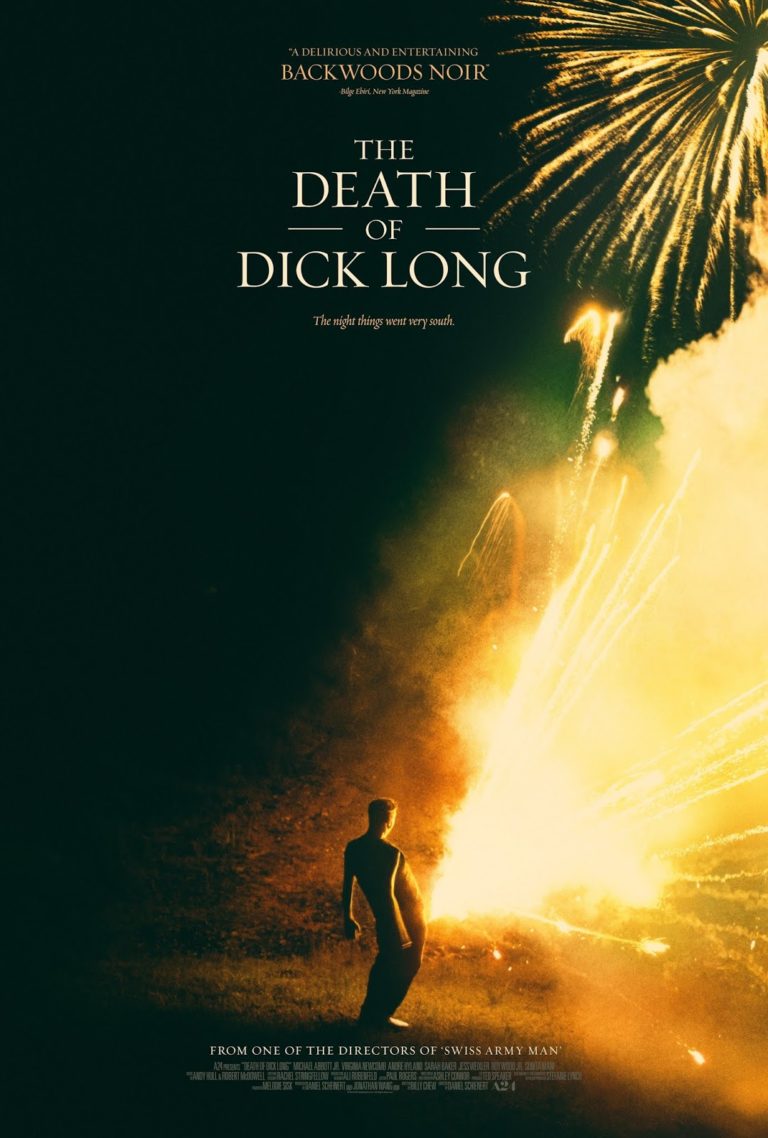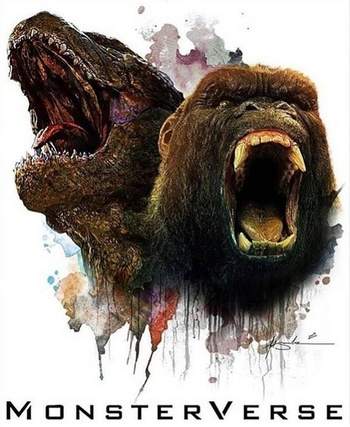Welcome back to the annual, year-end countdown of the best movie posters of the year! And just...
tarantino
When it comes to cinematic universes, we all know the story: Marvel’s only getting better as they...

